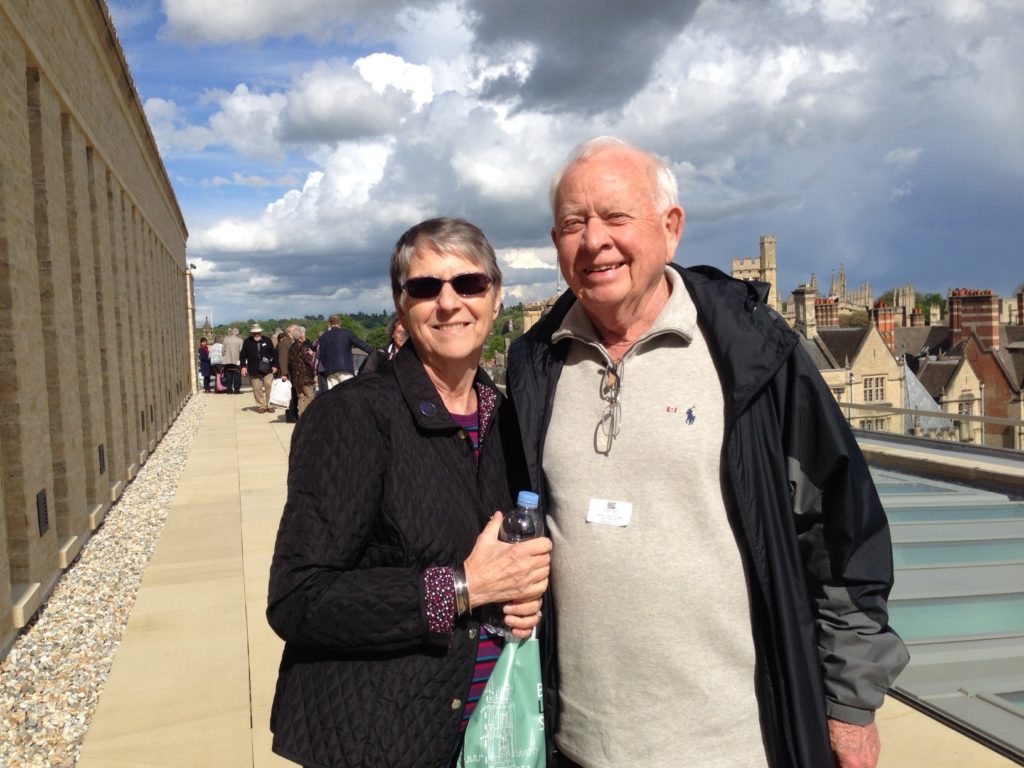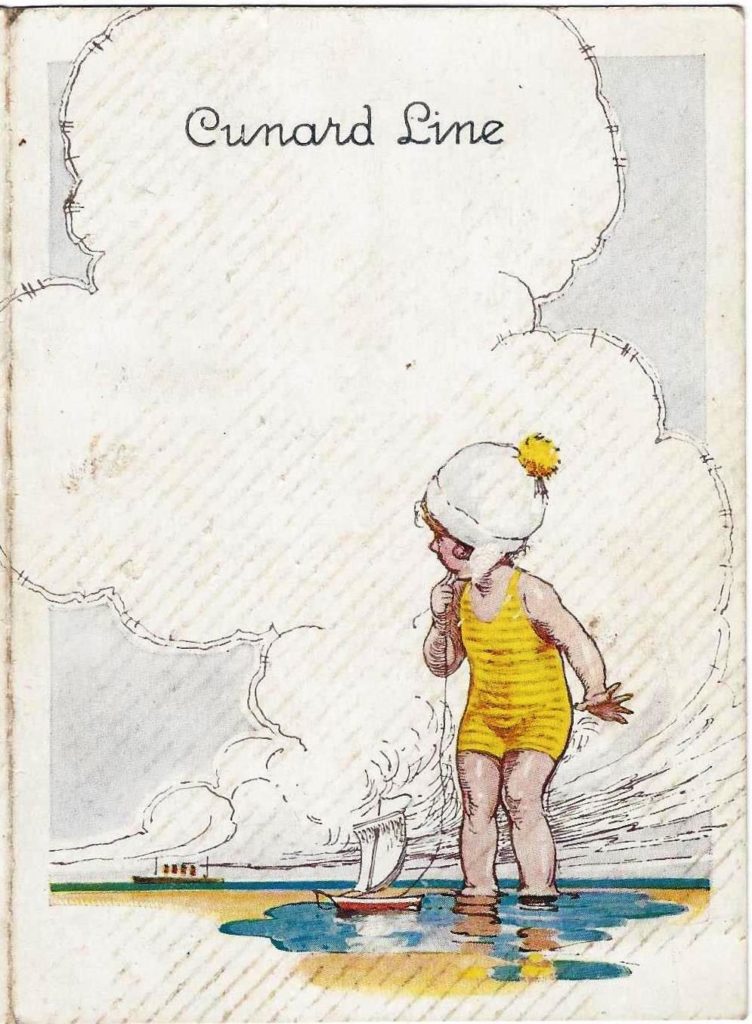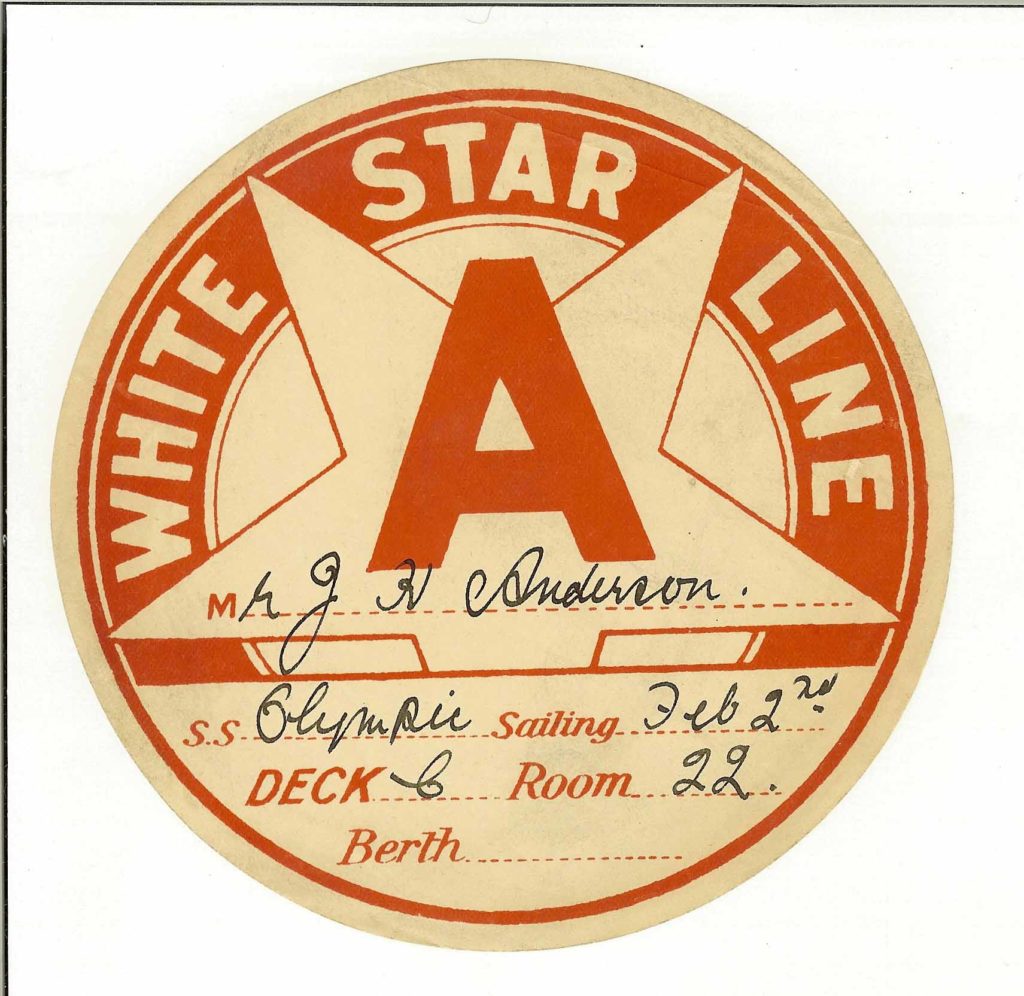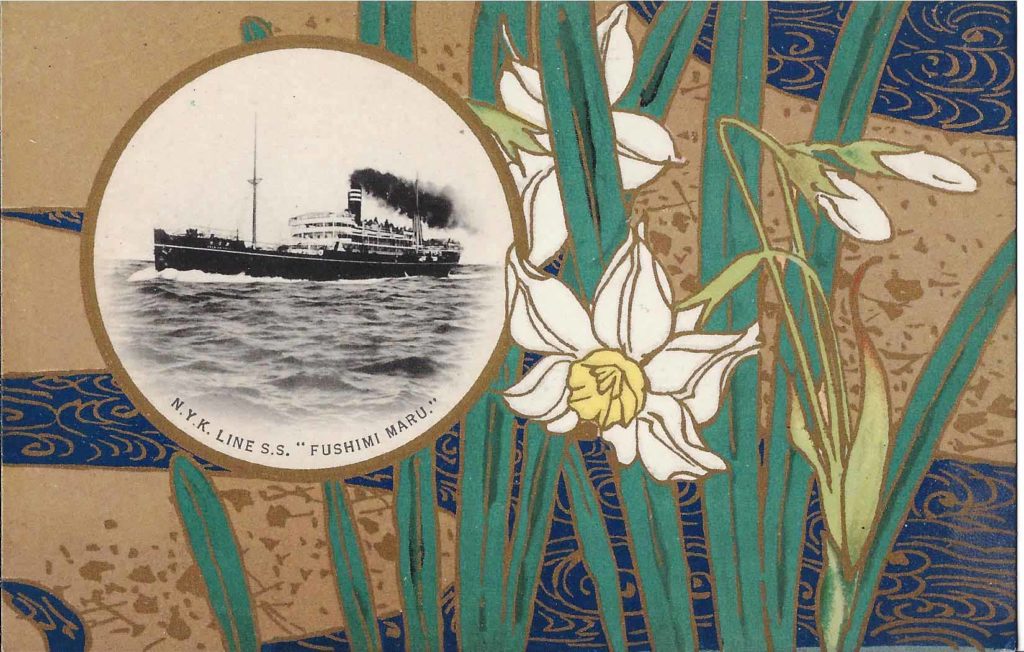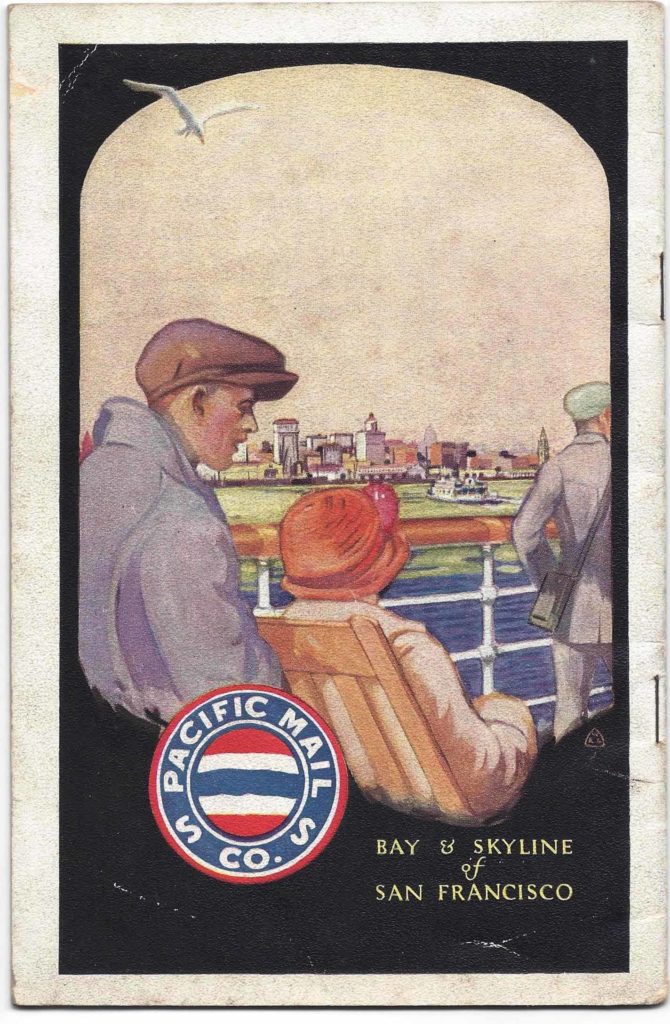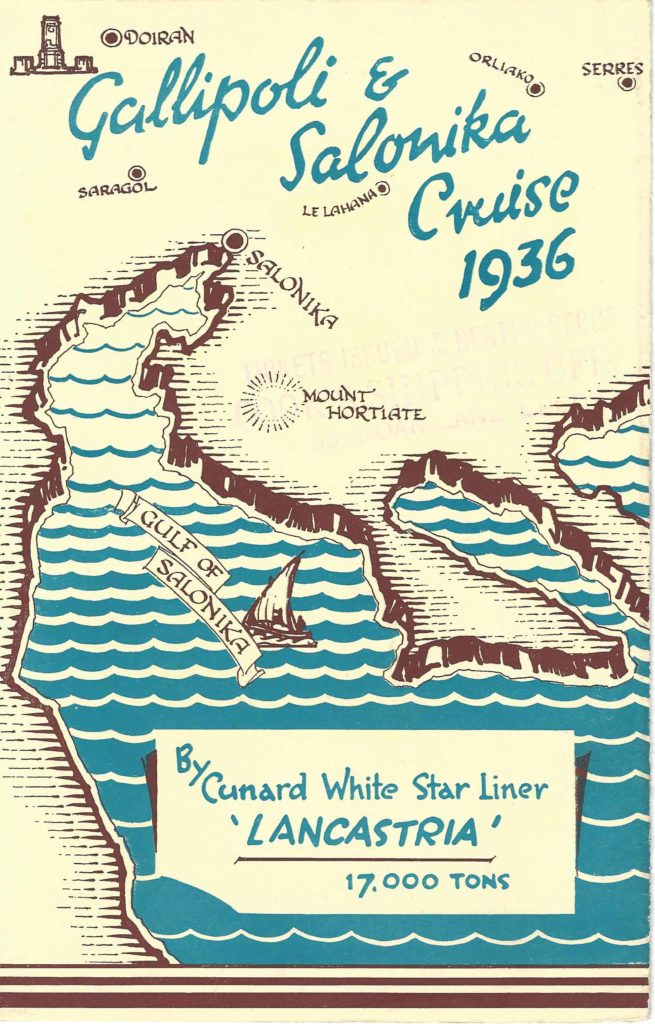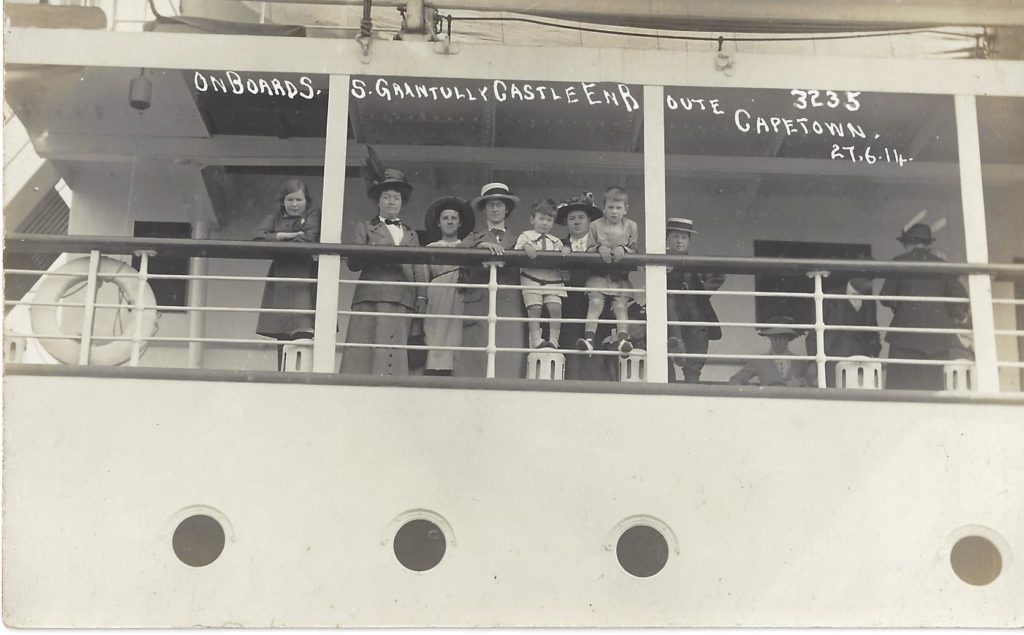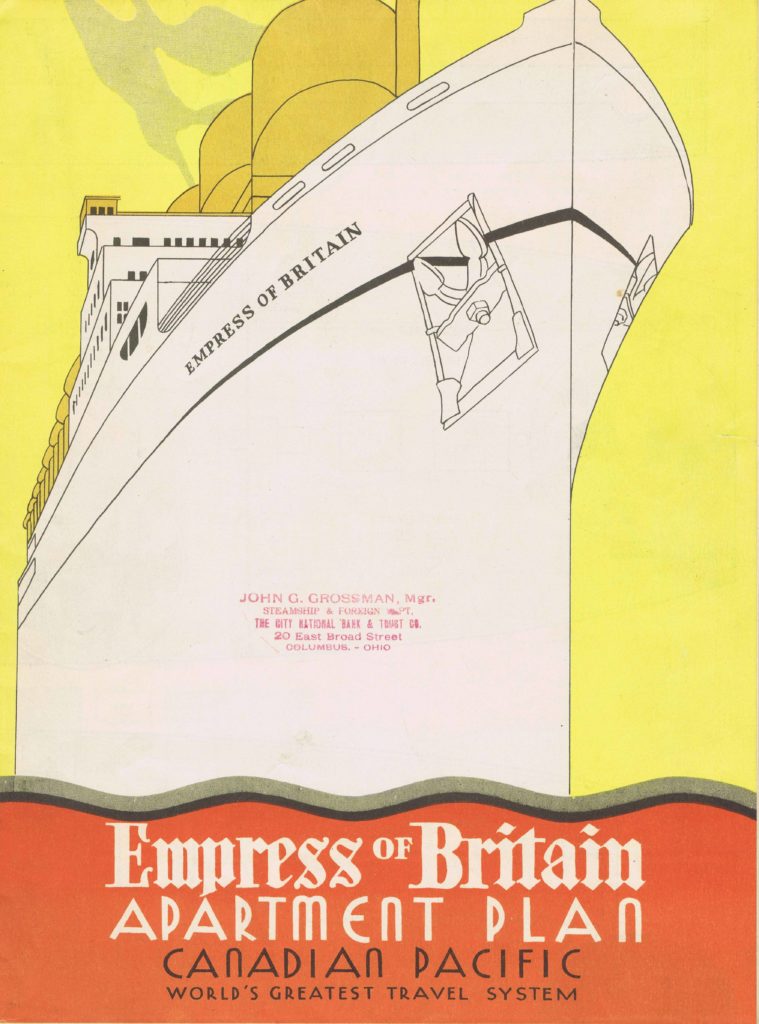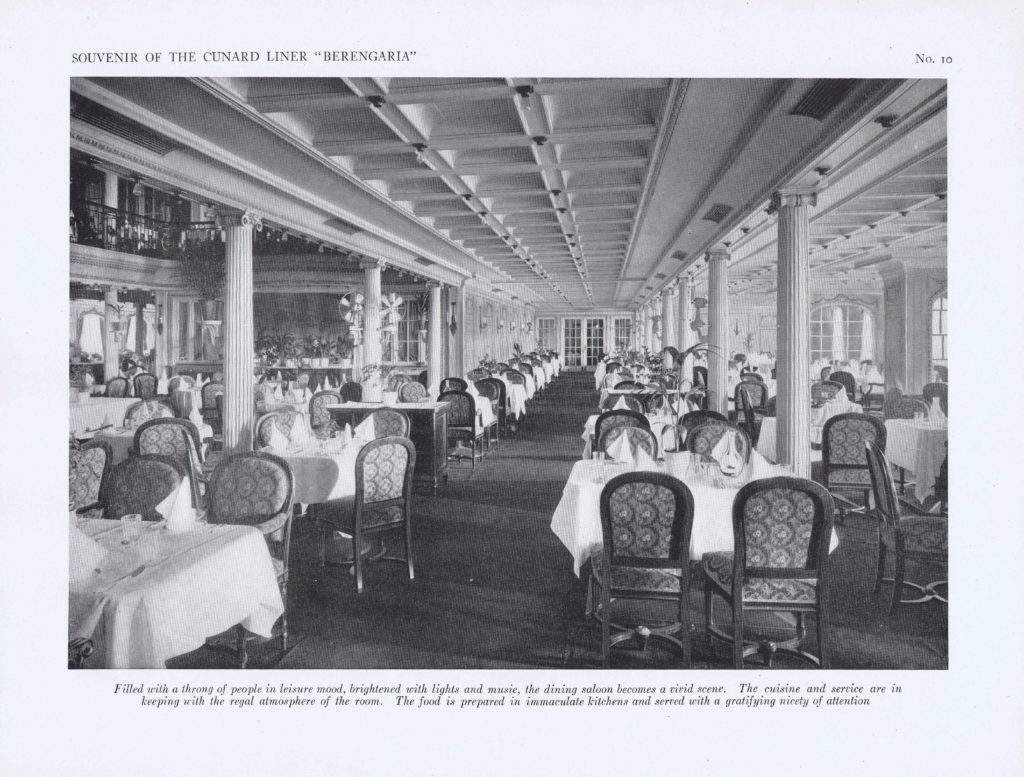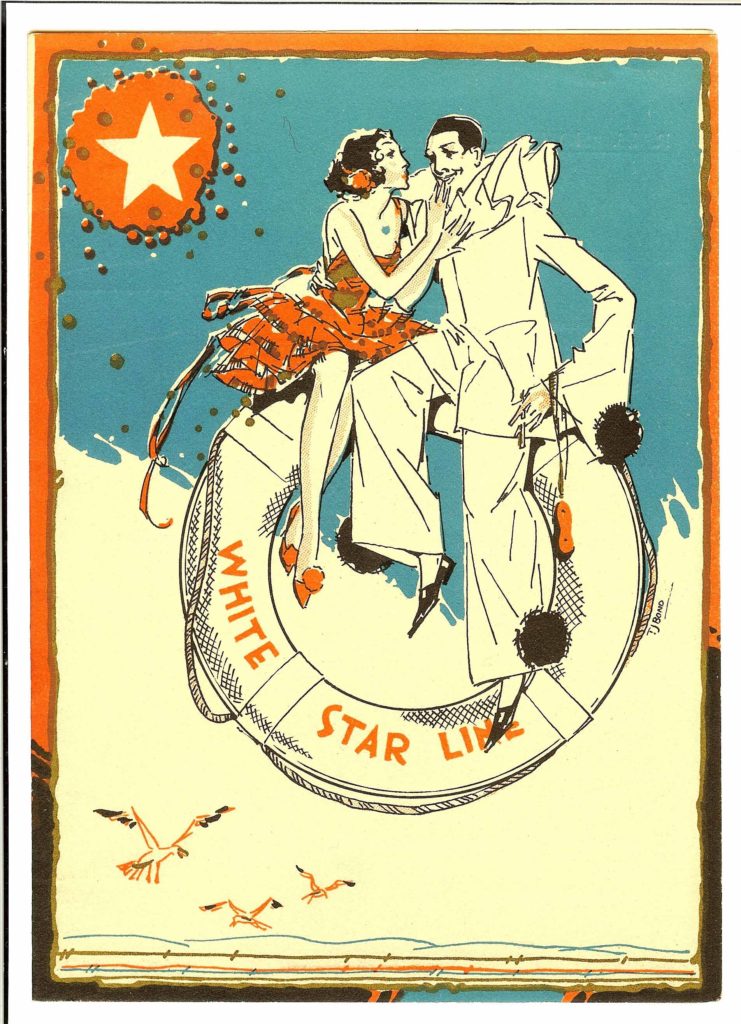John Sayers Donates Ocean Liner Collection

John Sayers Donates Ocean Liner Collection to John Johnson Collection in the Bodleian Library.
John Sayers is a longtime ESA member and a collector of ocean liner ephemera. In an interview conducted with Julie-Ann Lambert of the John Johnson Collection, he recalls what first drew him to the subject matter and gives advice for those who are just starting to collect. Read the full interview below and visit it on the John Johnson Collection’s blog.
Photograph of John and Judith SayersJohn and Judith Sayers
What sparked your interest in ocean liners and, in particular, the ephemera relating to them?
A combination of personal recollection and a lifelong interest in history. The personal recollection dates back to traveling with my parents on the RMS Queen Elizabeth; the interest was sharpened by my history major in university and in particular a fascination with both design and social history.
How (and with what items) did your collection begin?
I began with enamel souvenir lapel pins, like the one that I brought back to Canada in 1954 as an RMS Queen Elizabeth souvenir gift for my late aunt Beth (you know, the maiden aunt who has everything!). That interest expanded to other three-dimensional objects with enameling. That focus was then enlarged by the first foray into ephemera, to reminisce about meals on board [Figure #1], baggage labels [Figure #2], and all the other printed reminders of life on a great ship. However, I discovered such a broad information landscape in ephemera that I eventually divested my three-dimensional objects to become completely immersed in ephemera.
Cunard Children’s Menu Cover
Figure 1
White Star Baggage Label
Figure 2
What did you aim to achieve through the collection? Has that aim changed?
In terms of ephemera, the objective was to provide a record of what took place on board a ship; what happened beforehand to plan the trip; and any effects afterward where there is a relevant follow-up experience.
The change of the aim occurred when I discovered that there was a further enlargement to my scope. The scope had originally been established as North Atlantic steamships. However, I came to realize that those that plied the South Atlantic were also interesting and relevant. Then I discovered Pacific Ocean shipping.
Fushima Menu Cover
Figure 3
SS Manchuria Passenger List Cover
Figure 4
Part of the attraction was the beautiful artwork on the Japanese NYK Line ephemera [Figure #3], and the equally attractive designs produced by the Pacific Mail Steamship Company [Figure #4] and the Dollar Line. I believe that the way to describe this phenomenon is ‘topic creep’.
How has the collection evolved?
As well as the directions I have already mentioned, the collection has gained a greater reflection of social history and business elements. As with most collections that have evolved over 40+ years, there has been an increasing appreciation of the nuances.
Gallipoli Tour 1936 Brochure Cover
Figure 5
For example, as well as First War Hospital Ships that served during the campaign in the Eastern Mediterranean, there was a Cunard tour in 1935 to Gallipoli, advertised in a Cunard promotional booklet, to revisit the terrain and the landmarks of the First War [Figure #5]. I would guess that the primary participants in the tour would have been the next of kin of those that did not come back alive, but one speculates on the motivations of those who sailed in 1936 on that Cunarder. A similar event occurred in 1936 with the pilgrimage of over 5,000 people from Canada to attend the unveiling of the Vimy Memorial.
Are you still collecting?
Yes. Passionately. I have described my collection as a pointillist painting, that continues to need more ‘dots’ to add to the clarity of the image.
What are your favorite items?
Shipping ephemera with a tinge of social or design elements. For example, I recently acquired a Real Photo postcard captioned “On Board SS Grantully Castle en route to Capetown, 27.6.14” [Fig #6]. The beginning of the First War was only two months away. The young children pictured in the deck scene would not have been directly affected, but their fathers, if not already in the military, would certainly soon have been.
Postcard of SS Grantully Castle
Figure 6
What insights into social history does this material offer?
The material in the Sayers Collection touches upon issues such as; class differences; matters relating to the status of women; the struggles of immigrants; the habit of smoking; the treatment of children; racial stereotypes; and troopship life in both World Wars.
Specifically, the frustrations of women and the tinder for the sparks for the women’s rights movement are quite evident in some material. For example, a 1930s postcard image of a Smoking Room among the 100 or so of them in my collection was later displaced by an identical image on a card written by a woman bemoaning the fact that she is not allowed into this men’s domain.
What inspired you to donate your collection to the John Johnson Collection in the Bodleian Library?
We have been supporters of the John Johnson Collection for over a decade and during that time we have come to appreciate the professionalism applied to the Collection and their broad appreciation of ephemera. An emotional reason is my British parentage and the massive role that Britain has played in global shipbuilding and shipping operations over the years.
The Sayers Collection reflects the role of Britain as a major influence in global shipping operations, whether it be as the builder of Canadian Pacific’s 1930s premier liner, the RMS Empress of Britain [Figure #7]; as the operator of ships such as Cunard’s RMS Berengaria, originally the German liner Imperator, seized as war reparations after the First War [Figure #8]; or as a major global competitor to shipping companies of several other nations (whose ephemera is also well represented in the Collection for purposes of comparison).
Empress of Britain Brochure Cover
Figure 7
This collection will add extensively to the ocean liner material collected by John Johnson, to provide many more opportunities for study and research.
The Dining Room of Beregaria
Figure 8
How do you hope that future users/scholars will explore your collection?
For the design, business, history, or social history scholar, whatever their thesis, there is a good possibility that material in the collection will provide a valuable resource. Alternatively, the material may trigger a line of study for those seeking a fresh avenue to pursue.
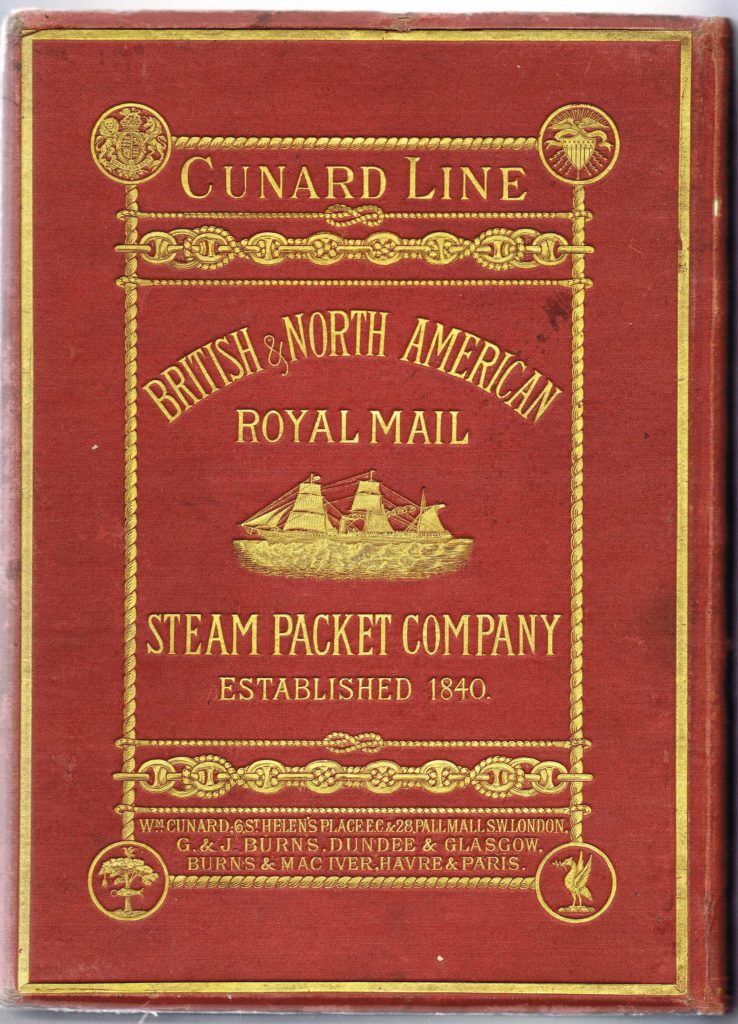
????????????????????????????
Cover of Cunard 1876 Brochure
Figure 9
There are opportunities for study and research on many planes. As a Chartered Accountant, I can appreciate the opportunities to study the various business aspects of the industry, ranging from advertising and promotion (an elaborate 1876 Cunard commemorative book appears to represent one of the earliest examples of modern-day ‘co-operative advertising’) [Figure #9], to the costs of menu offerings over many decades. In regard to the latter, did costs increase using constant dollars, and did they reflect the same percentage of passage charges? What culinary offerings have been added and deleted over the years? Why?
It would be useful if at some stage all the Passenger Lists could be digitized and made searchable. As well as the Cunard ones already delivered to Oxford, there are more to follow from other lines. The end result would be a useful database for genealogists, students of patterns of military deployment, celebrity hunters (at one time they all had to travel by sea!), industrialists, and the frequency of the use of servants, to name a few topics.
What advice would you give people starting a collection today?
Collect something that has meaning for you. And make sure that you collect ephemera! The great delight of ephemera is that the universe is not defined, so (unlike postage stamps or cigarette cards, for example) you never know what you are going to find that illuminates your knowledge or memories of a particular topic. When a collector describes an acquisition as something that ‘speaks to me’ he or she is describing the impact that the piece has upon their memories or their knowledge. I never purchase anything online. I have to see it. That means going to postcard and ephemera fairs, which my wife, Judith, and I enjoy immensely.
Don’t feel that every specimen has to be many years old. All ephemera was new once! I like the 1920s and 1930s, and objects of that period such as menus [Figure #10] do not have to cost a fortune, while often providing fascinating cover artwork and food choices inside. Whether your interest is fashion, food, design, autos, ships, planes, social history – or even your local city or town – there is material out there to stimulate your interest.
Figure 10

